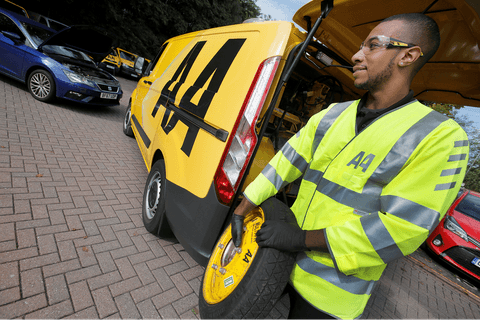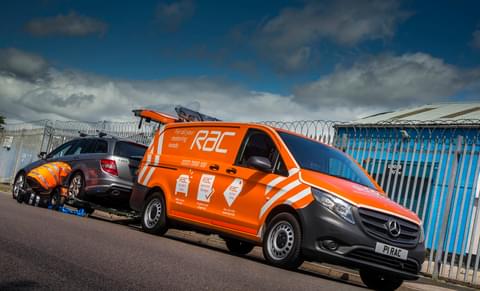
As a supplier to recovery operators The AA and RAC, we provide vital pieces of PPE kit to keep operators safe when working roadside or near traffic. This includes bump caps, safety gloves, safety eyewear, safety footwear, and hi visibility clothing, such as vests, waterproofs, trousers, and jackets.
As a BSIF registered supplier, they know our products are of the highest quality and fully compliant. They will also get advice and training on PPE. And as a UK-wide customer, they can use our online platform CtrlCloud to control how PPE is ordered, distributed, and allocated to all their UK operators.
But for vehicle recovery organisations that buy their products without the help of a BSIF registered supplier, it can be a challenge to know that the products are fully compliant and used correctly. For any businesses in this situation, here are three simple checks to help you stay ‘roadside safe’.

Not all products will do what they claim. Just because gloves say, “ultimate protection” and are UKCA / CE conformity marked, doesn’t mean they meet the EN 388 standard for mechanical risks. Products that do conform to EN standards will be clearly marked on the label. So, make sure you can see it.
Hi visibility clothing is one of the most important pieces of PPE to stay safe in low light and poor visibility. It MUST conform to EN 20471 or puts operators in direct danger. The packaging may say ‘Hi vis workwear’, but if you don’t see a EN 20471 marking on the logo, simply do not wear it at work.
Just because PPE ‘fits’, doesn’t mean your protected. If it’s not worn, maintained, and cared for correctly, then it could leave you at risk. Head protection for example, has a lifespan which should not be exceeded. You should also not put holes in your PPE or cover areas in stickers or writing.
Even these simple checks could be the difference between life and death. But we advise that these are the MINIMUM checks you do when buying and using PPE. If you want to know more, our website is full of expert guides and advice on staying safe at work.
